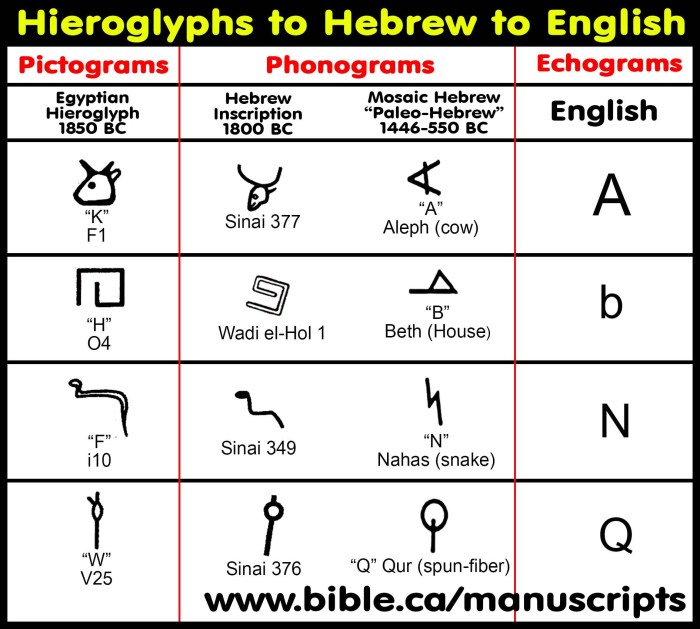El alfabeto hebreo y su significado en español es un tema fascinante que revela las profundas conexiones lingüísticas y culturales entre estas dos lenguas. Desde sus orígenes históricos hasta su uso contemporáneo, este ensayo explorará el impacto del alfabeto hebreo en el español, arrojando luz sobre las similitudes, diferencias y el significado cultural que comparten.
El alfabeto hebreo, con sus 22 letras, ha influido significativamente en el desarrollo del alfabeto español, que consta de 27 letras. Esta influencia se remonta a la época medieval, cuando los judíos sefardíes se establecieron en la Península Ibérica y su idioma, el judeoespañol, interactuó con el castellano.
Introduction
The Hebrew alphabet holds significant importance in the Spanish language, as its letters have been adopted and adapted to represent Spanish sounds. This adoption occurred during the Middle Ages when Jewish communities in Spain used Hebrew script to write both Hebrew and Spanish texts.
The influence of the Hebrew alphabet on Spanish is evident in the similarities between the two languages’ writing systems, as well as in the semantic and cultural connections between words that share common roots.
Origins and Evolution

The Hebrew alphabet, consisting of 22 letters, originated in the ancient Semitic writing system and has been used for thousands of years. When adopted into Spanish, the Hebrew letters underwent changes and adaptations to conform to the sounds of the Spanish language.
Some Hebrew letters were modified to represent Spanish sounds that did not exist in Hebrew, while others were dropped from the Spanish alphabet due to their redundancy or lack of use.
Letters and Pronunciation

Hebrew Letters and Corresponding Spanish Pronunciations, Alfabeto hebreo y su significado en español
| Hebrew Letter | Spanish Pronunciation | Example (Spanish Word) |
|---|---|---|
| א | a | casa |
| ב | b | bueno |
| ג | g | gato |
| ד | d | dado |
| ה | e | mesa |
Semantic and Cultural Connections
The adoption of the Hebrew alphabet into Spanish also led to the incorporation of Hebrew words and their meanings into the Spanish language. Many Spanish words that relate to religion, culture, and history have Hebrew roots.
For example, the Spanish word “Pascua” (Easter) originates from the Hebrew word “Pesach” (Passover), reflecting the shared religious heritage between the two languages.
Usage and Examples
The Hebrew alphabet is used in various contexts in Spanish texts, including religious texts, historical documents, and literature.
In religious texts, Hebrew is often used for liturgical purposes, such as in the prayer book or during religious ceremonies. In historical documents, Hebrew script may be used to record Jewish history and culture in Spain.
Contemporary Applications: Alfabeto Hebreo Y Su Significado En Español

The Hebrew alphabet continues to be used in contemporary Spanish society, particularly in the fields of education, linguistics, and cultural exchange.
In education, the Hebrew alphabet is taught in some schools to promote understanding of the Jewish heritage in Spain. In linguistics, scholars study the influence of Hebrew on Spanish and its impact on the evolution of the Spanish language.
Common Queries
¿Cómo se incorporó el alfabeto hebreo al español?
El alfabeto hebreo se incorporó al español a través del judeoespañol, la lengua de los judíos sefardíes que se establecieron en la Península Ibérica durante la Edad Media.
¿Cuáles son las principales diferencias entre el alfabeto hebreo y el español?
La principal diferencia entre el alfabeto hebreo y el español es el número de letras: el alfabeto hebreo tiene 22 letras, mientras que el español tiene 27.
¿Qué ejemplos hay de palabras españolas que tienen raíces hebreas?
Algunos ejemplos de palabras españolas con raíces hebreas incluyen “aleluya” (halleluyah), “amén” (amen) y “sábado” (shabbat).